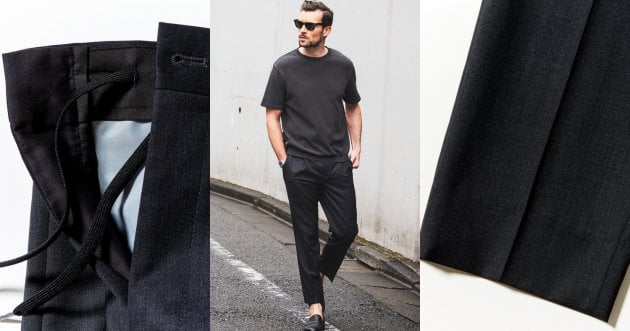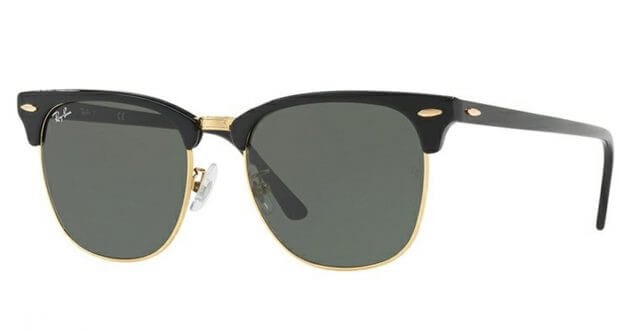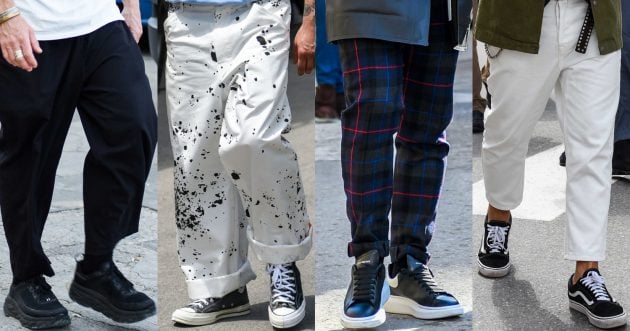
The “suit” is an item that is worn throughout the year, but the reality of the suit is completely different depending on the season. In this article, we will introduce the main characteristics of winter suits, how to recognize them, and examples of winter suit outfits!
Suponsered by
What material should I choose for my winter suit?
Basically, winter suits are made of warm and thick fabrics, and are fully lined to keep the suit’s shape and prevent it from losing its shape. Wool is the most common material, and flannel and tweed are the most common fabrics. Flannel is a plain-weave or twill-weave wool fabric that has been shrunk and raised, and is generally called “flannel” and is characterized by its warm and soft touch. Recently, some flannel fabrics are blended with cashmere, angora, or other high-grade animal hair, which is softer to the touch, lighter and more comfortable to wear, and has a high heat-retaining property that makes it exceptionally warm.
Find a winter suit made of flannel
Tweed, which together with flannel is the twin perfect material for winter suits, is a type of “spun fabric” made by spinning short woolen fibers, and the amount of wool used is greater for shorter fibers, so the fabric is thicker and has excellent heat retention and durability. Compared to raised fabrics, this type of fabric is less likely to form pilling. The beautiful gradation of colors and patterns created by weaving with multiple colors of yarns is also a major attraction of this fabric. The so-called “wool suit” is the only suit that can be used in spring, fall, and winter, but flannel and tweed are the most promising choices as suit fabrics for winter. In general, lightweight fabrics such as cotton, polyester, linen, seersucker, and chambray are suit fabrics for spring and summer.
Find a winter suit made of tweed
How to distinguish between a spring/summer suit and an autumn/winter suit?
In general, there are three types of suits: summer, winter, and spring/autumn. Although some brands describe their suits as spring/summer, fall/winter, or all-season suits, the actual suit is clearly different for spring and summer, and this is probably a distinction for convenience, as it is common to develop items for each season, and to think of them as spring/summer/fall/winter. Moreover, in Japan, the high temperature and humidity make summer more humid and uncomfortable than in other countries, while winter is drier and colder. Most suits that are considered “all-season” suits can be considered as suits that can be worn during the three seasons of spring, fall, and winter, excluding the rainy season and mid-summer (from June to September). (Left: winter suit made of wool / Right: summer suit made of linen)
So, once again, the way to distinguish between a summer suit and a winter suit is to look at the materials and lining, where the differences are most noticeable. Usually, summer suits are thin, lightweight, and have a coarse weave to ensure breathability, whereas winter suits are thicker than summer suits and have a fine weave to prevent the release of heat. In addition, summer suits are “backless,” meaning that the back lining is omitted, allowing for good ventilation and preventing stuffiness, while winter and spring/fall suits are “fully lined,” meaning that they have a tight fit that prevents them from losing their shape. However, winter and spring/fall suits are often “fully lined” with a lining and have a tight tailoring that prevents them from losing their shape.
2/3GO TO NEXT PAGE

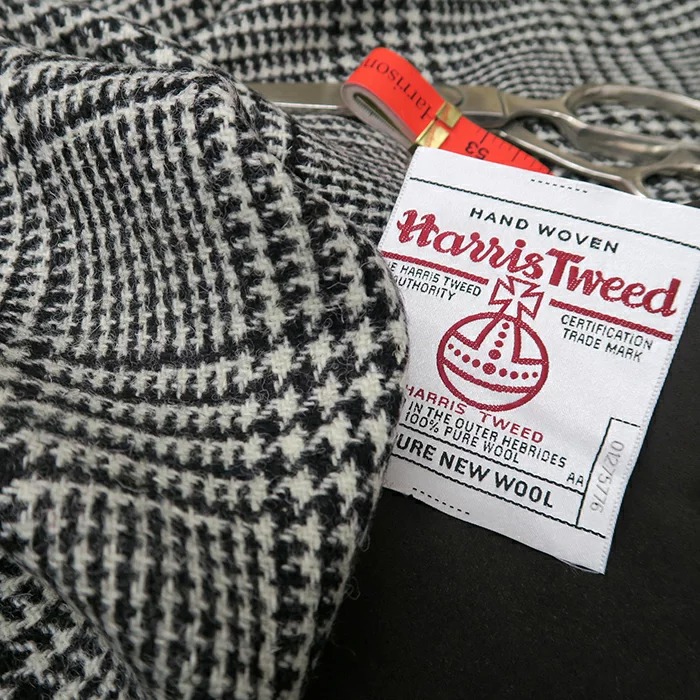
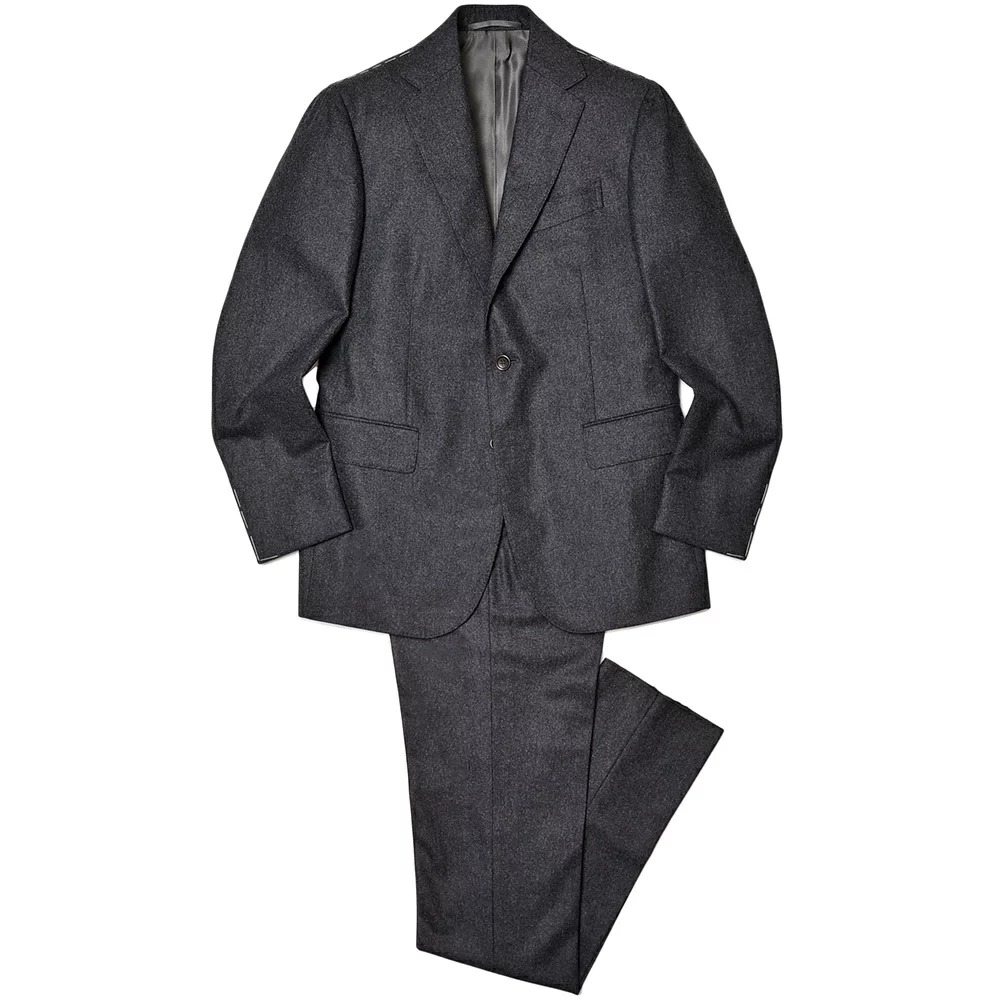
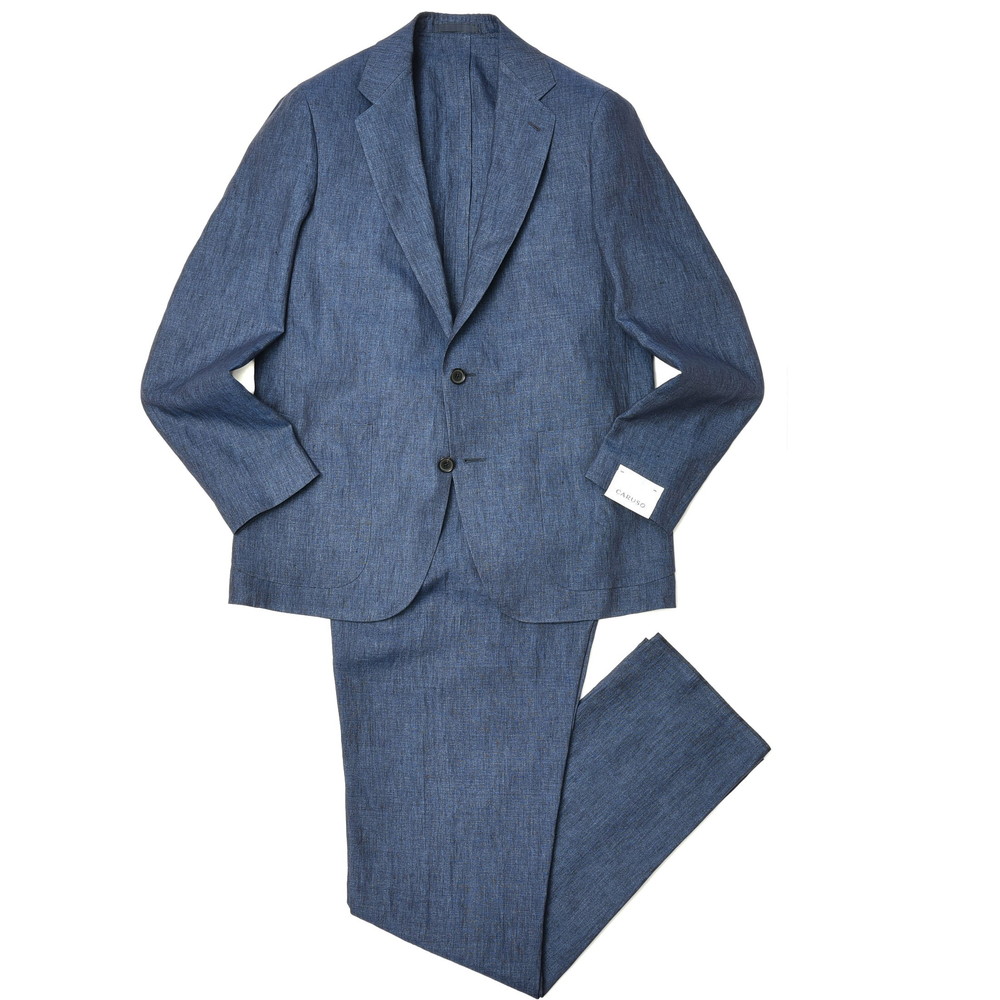
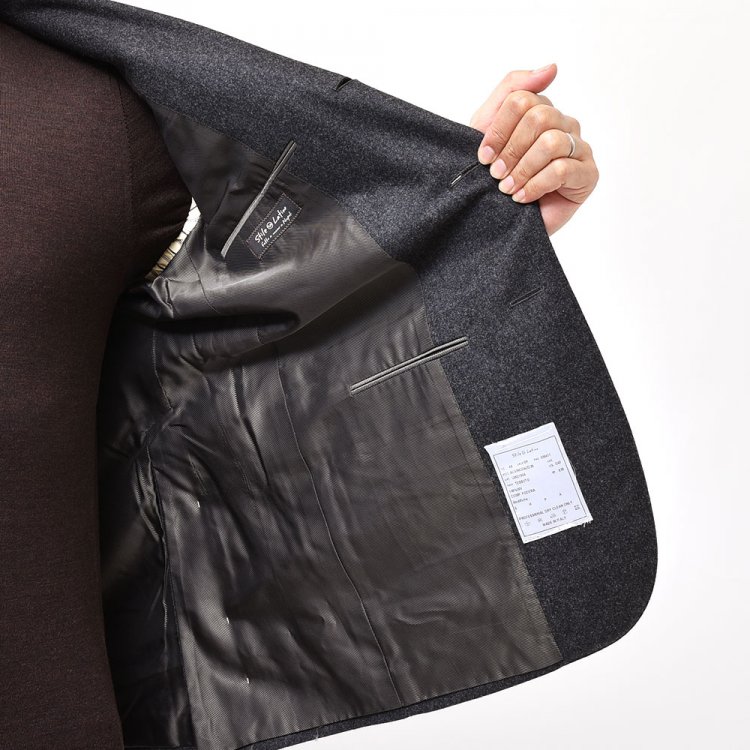





![The Chicest Way to Wear a Gray Suit [2023 Newest].](https://otokomaeken.com/wp-content/uploads/2020/02/1-8-630x331.jpg)
![How to Wear a Navy Suit in Style [ 2021 Newest ].](https://otokomaeken.com/wp-content/uploads/2020/02/57b8ad171c27ba4a3f9ece1dc83d4034-3-630x331.jpg)
![Discovered at Pitti! 4 of the most current coordination techniques for suits [ Pitti Uomo97 ].](https://otokomaeken.com/wp-content/uploads/2020/01/be43cd568f1a19bfb7011854653b08f2-630x331.jpg)





